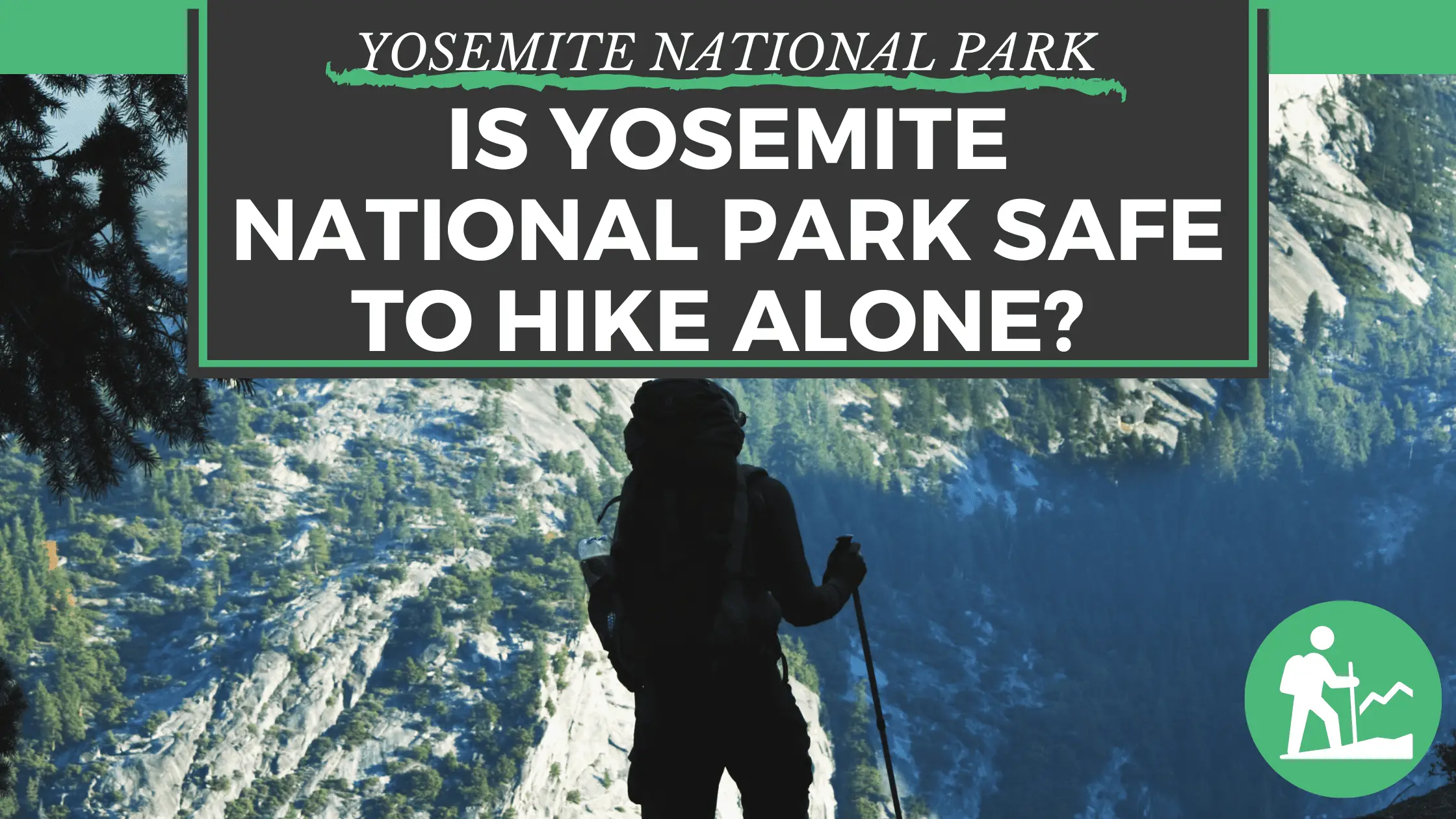Is Yosemite National Park safe to hike alone?
Hiking alone in Yosemite may help you better understand yourself and your perception of the world. Not to mention, with so many options for hiking trips in Yosemite, it’s easy to select a trail that best suits your needs. Nevertheless, the thought of hiking alone may prompt you to be concerned about your safety, especially when hiking through a destination as big as Yosemite.
In Yosemite, where the crime rate is exceptionally low, hiking alone is a relatively safe option, but certain risks may be avoided. The hazards of hiking alone include getting hurt, being attacked by wildlife, getting exhausted, and running low on water. But despite the risks, hiking can still be enjoyed alone.
So, if you’ve been contemplating a solo hike in Yosemite National Park, this article has all the information you need to ensure your safety. Keep on reading!

How can you protect yourself when hiking alone?
Hiking alone is the ideal way to unwind after a long day at work or school. However, it also means that you’re vulnerable to several kinds of risks and threats. So the viable solution is to prepare for the possible threats you’ll encounter along the way.
Yosemite has almost 800 km of trails. In line with this, most of YOSAR’s (Search and Rescue) operations involve aiding injured hikers or looking for those who have gone missing. To avoid this, below are some quick safety guidelines for Yosemite hiking:
- Carry a flashlight on every hiking trip, even if it’s just for a few hours on the trail.
- Make sure you’re hydrated by carrying and drinking a lot of water (a minimum of 1 quart every 2 hours)
- Ankle injuries can be prevented by wearing sturdy shoes with a high grip.
- Hiking up the steep Valley paths might worsen minor to moderate health or medical conditions. So be aware of your limits and pay attention to how you’re feeling.
- Stay on the well-worn path.

Wildlife in Yosemite National Park
Before embarking on a hiking trip, do some research to find out what kind of animals are common in the area. Yosemite National Park is home to various wildlife, including Black Bears, Bighorn Sheep, Coyotes, and Bobcats. Nevertheless, you can avoid encountering these animals by reducing noise and keeping your food/trash stored properly.
Thus, the safest bet is to stay at least 100 yards away from any animals to ensure safety.
Getting Lost
There are 1169 square miles of wildness in Yosemite, making it the country’s largest national park. It might be quite dangerous if you don’t know where you’re going, and you’ll eventually get lost. So do your research about the trail you’ll be planning to hike and map out the track before heading outdoors.
Nonetheless, if you get lost, the National Park Service will make every effort to put up signs and markings in the park for easier navigation.
Entrust a third party with your Personal Information
If you get into trouble on the route, it’s best to have a trekking companion beside you. But, if you’re hiking alone, the information regarding your whereabouts should be left with a close friend or family.
Human Attacks in Yosemite
The fact that Yosemite is usually deemed safe will put your mind at ease no matter what kind of individual is touring the park with you. Most crimes are minor and involve stealing from open vehicles, unsecured bags, and campsites while no one is there.
Get the Right Hiking Gear
To ensure that your hiking and camping vacation goes off without a hitch, you’ll need the correct equipment. Choose the gear that would complement the season you’ll be hiking.
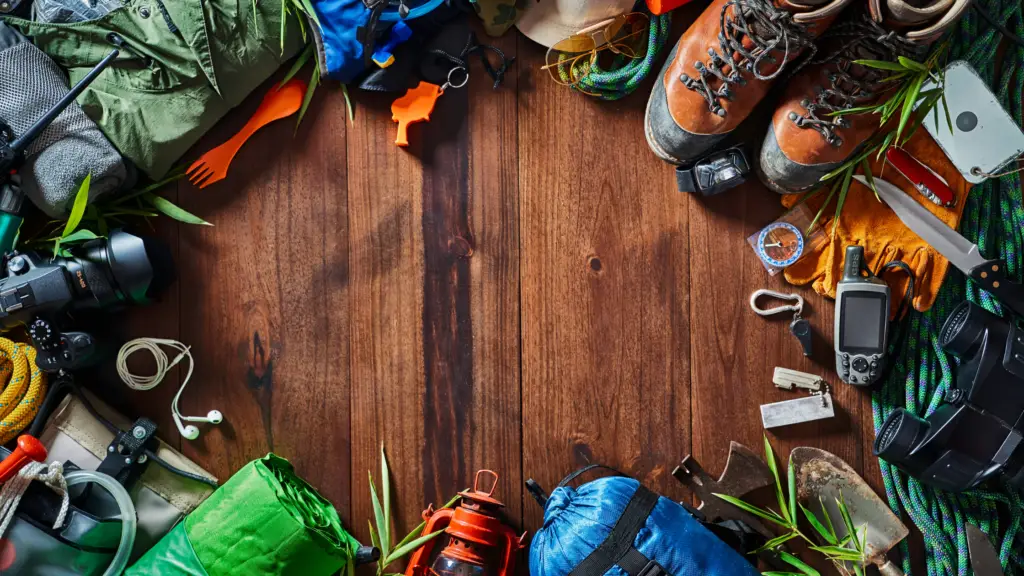
What safety items should you take when hiking in Yosemite National Park alone?
A trip may be just as fun to plan and prepare as the actual trip itself. So ensure you’re prepared for all that nature might throw at you when you visit Yosemite National Park. For those planning a journey to Yosemite, a few necessities are needed to ensure your safety and enjoyment in nature’s playground:
Paper Maps
Yosemite National Park can be difficult to navigate without a map, so having one is essential. You may print one using the Yosemite Map Page or get one from every Yosemite Station.
Water
You should drink one gallon of water a day. It is the usual survival guideline. Nonetheless, outdoors experts recommend between half and a full liter of water each hour when hiking, depending on the weather and terrain.
Fully Charged Phone
Even if cell coverage is patchy or non-existent in certain areas of the park, cell phones can be a lifesaver if you become lost.
Calorie Dense Snacks
When you’re starting to tire on the path, a snack like a trail mix, granola bars, protein bars, or jerky might give you a short energy boost.
Other safety gears to consider:
- Sunglasses
- High SPF Sunblock
- Bug repellant Spray
- Flashlight
- Whistle
- Basic First Aid Kit
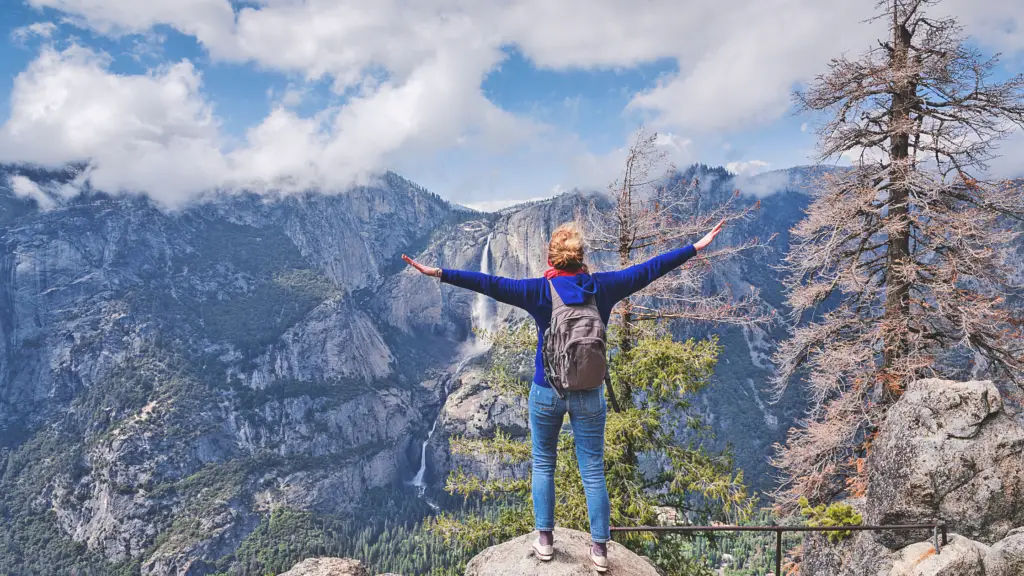
What trails in Yosemite National Park are best for hiking alone?
All of the treks on this list are under the definition of an easy hike. “easy” as being able to complete all of these trails in under an hour by anyone. Thus, most of the trails are less than a mile long and have less than 500 feet of elevation gain.
1. Mirror Lake via Valley Loop Trail
As far as Yosemite’s basic routes go, this one takes the top spot since it offers stunning views of the park and waterfalls and is far less crowded than many others. After Mirror Lake, you’ll have the entire path to yourself.
2. Taft Point and The Fissures
On the higher rim of Yosemite Valley, this short hike leads to Taft Point. While trekking here, you’ll get to see some of the park’s greatest views and the park’s most impressive vertical drops. But if you’re searching for a more difficult challenge, continue the trek to Sentinel Dome. This intermediate Yosemite trip adds 2.5-3 miles and around 500 feet of elevation gain.
3. Carlon Falls Trail
In Yosemite terms, this path is a little out of the way, but that means you’ll have a lot fewer people to deal with! Near Hetch Hetchy and Yosemite Valley, on Evergreen Road, there is a little walk that leads to a magnificent, hidden waterfall.
It’s worth noting, though, that there are also hiking trails that you should prevent when hiking alone in Yosemite. These trails can be:
The Glacier Point Trail
The Glacier Point trail is a four-mile hike that takes hikers up and down steep valley walls and rocky slopes. You’ll also have to climb some rocks to get to the last marker.
The Mist Trail
This is a popular Yosemite trail with some of the nicest camping spots, and it’s one of the most accessible. On the other hand, the three-mile track is frequently muddy and overgrown. Slipping, falling, and injuring oneself is a common occurrence on the road.
Half Dome
There have been 290 accidents and 12 deaths at Half Dome in the last 15 years despite being one of the most renowned treks in the United States. There is a steep ascent of 14 miles and a considerable distance to cover. Approximately 5,000 feet of gain is required to reach the top, which is reached through a rock face that is extremely difficult to traverse.
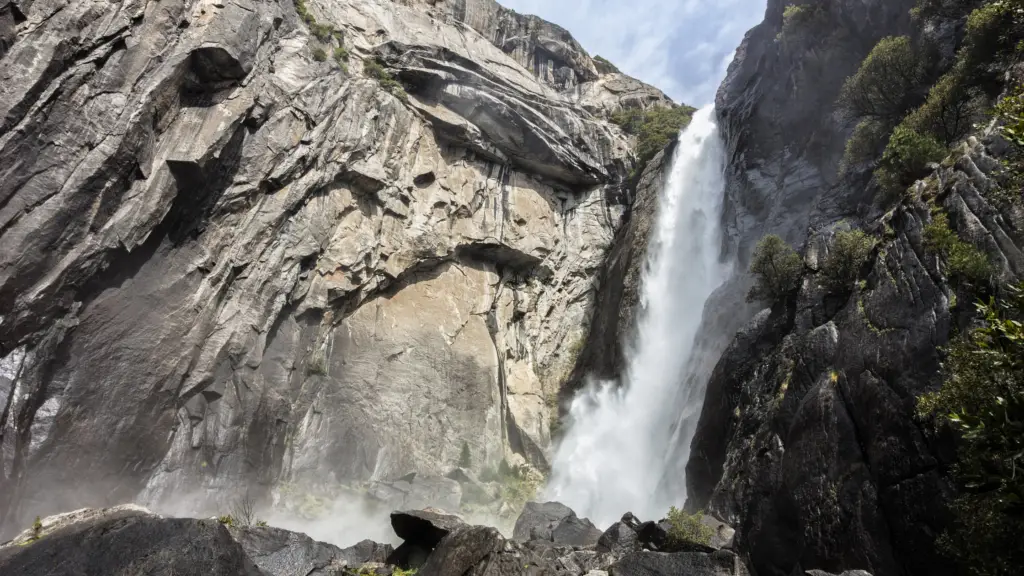
Tips and important information for solo hiking in Yosemite National Park
We’ve shown that it is safe to visit Yosemite on your own, and now it’s time for you to do your bit to keep yourself safe.
To help you get started, here are some pointers:
- Preparation is key while traveling, so do your homework and learn about the areas you’ll be seeing ahead of time.
- In an emergency, bring a headlamp/flashlight, a whistle, and a signal mirror.
- Make friends with the locals by striking up a conversation with them. You never know when you might want assistance of any type.
- Never push yourself over your physical or mental limits.
- Take the National Park Service’s warnings, instructions, and signage very seriously.
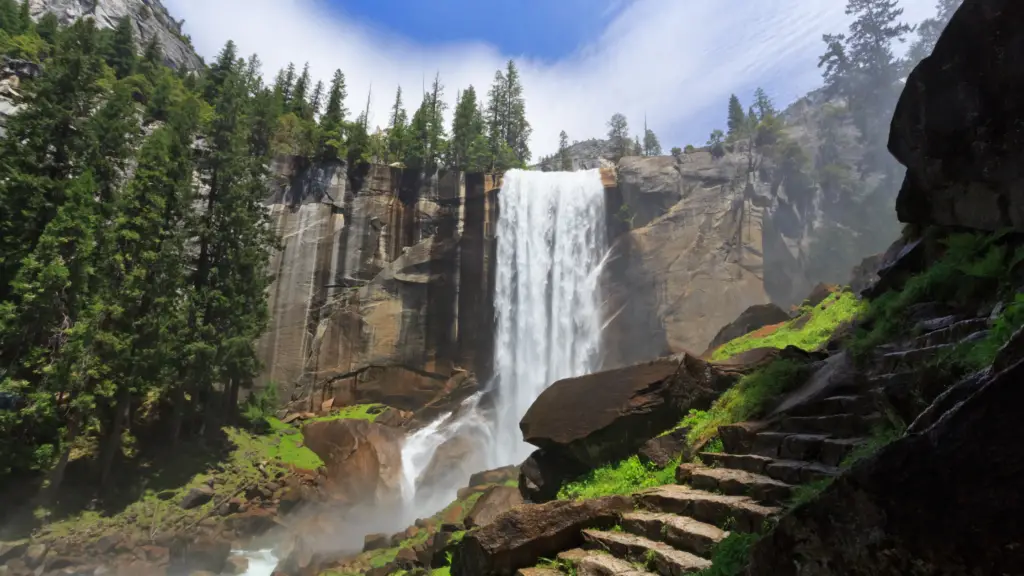
Hiking Alone in Yosemite: Safe or Not?
Hiking is an excellent method to connect with yourself and your surroundings. Since Yosemite has many different paths to choose from, the choices are practically endless. There are, however, some measures you must take to ensure your health and safety when hiking to get the most out of your trip.
Do prior research, and prepare all the possible gears needed when hiking to Yosemite. All in all, Yosemite is a safe area to hike on your own as long as you fully cooperate. And once you do, all that’s left is careful planning and the long-awaited vacation.

